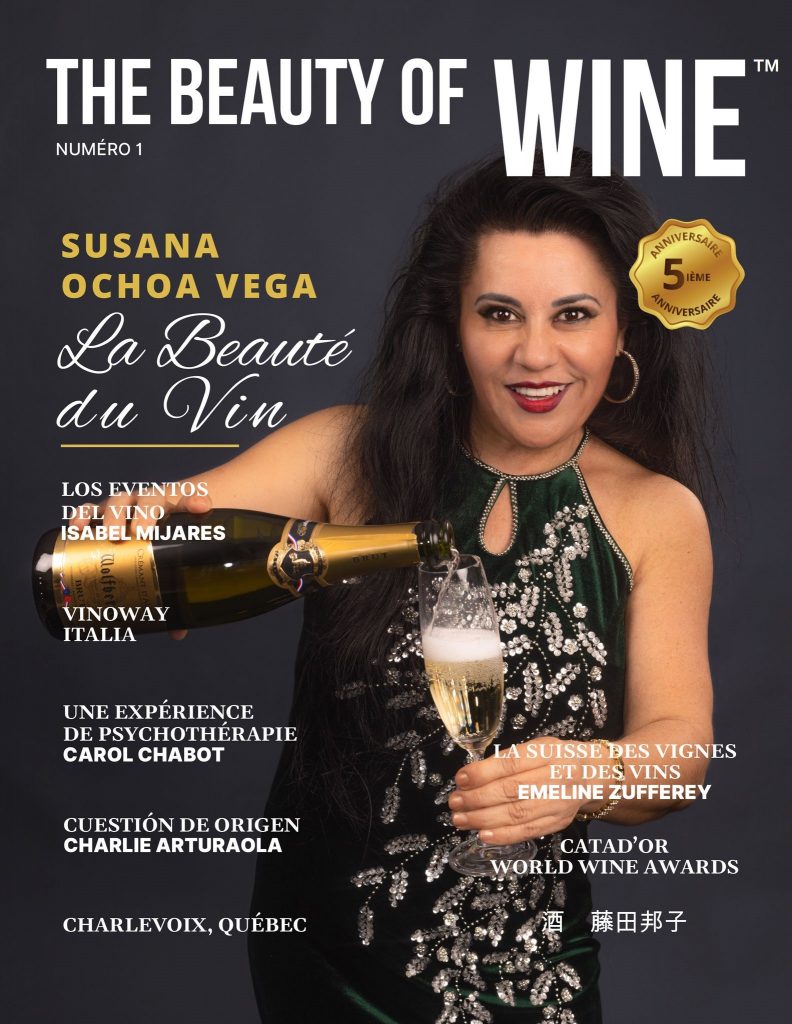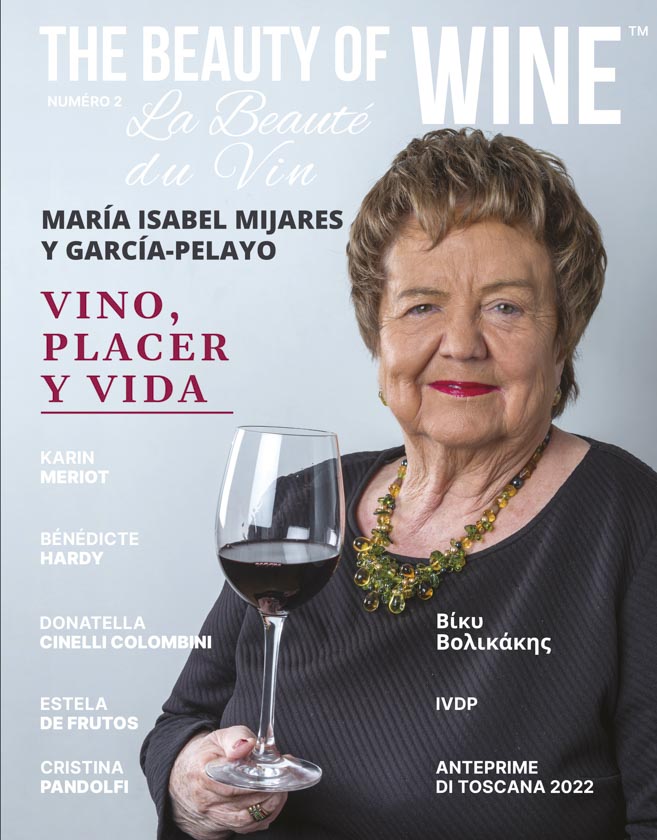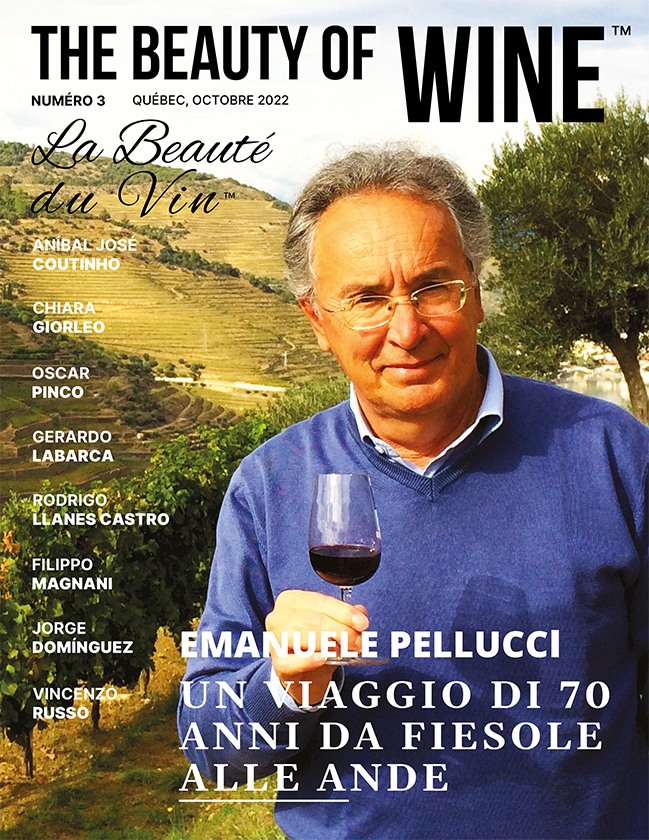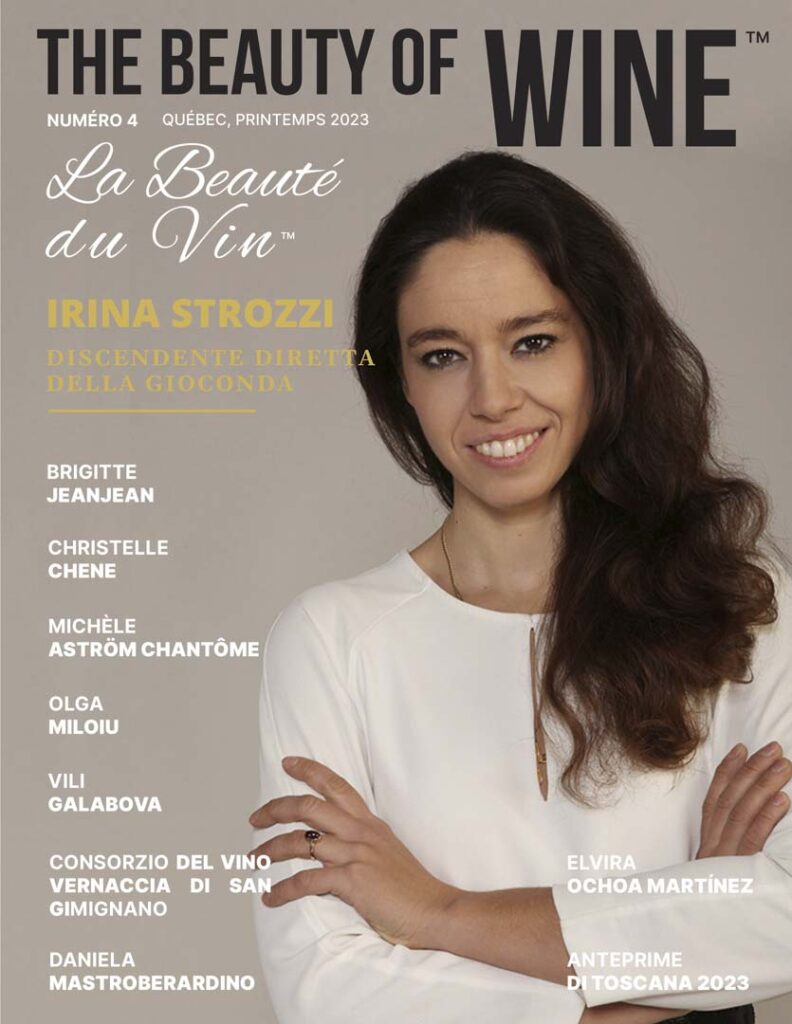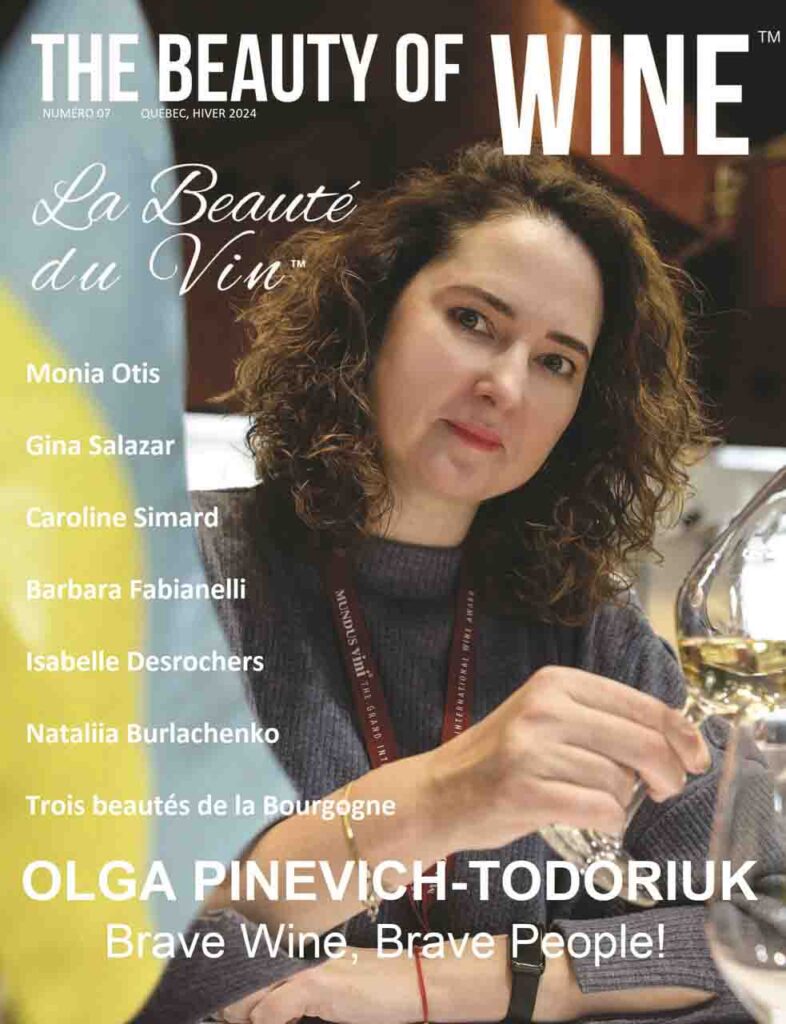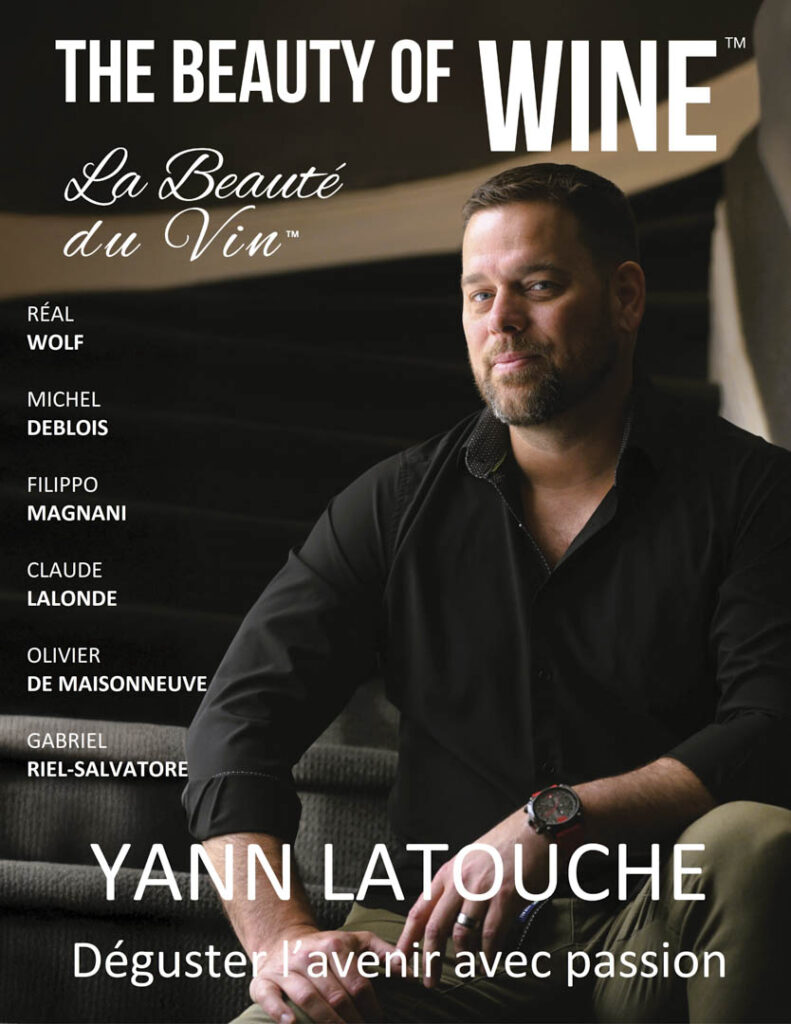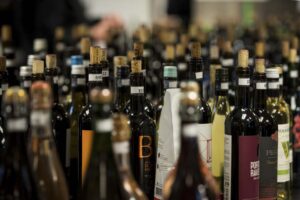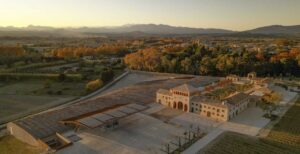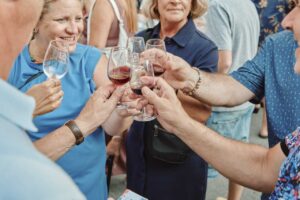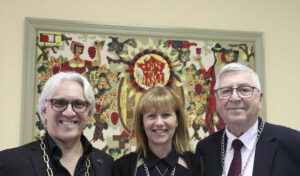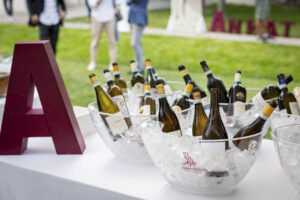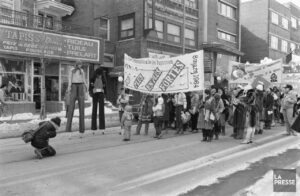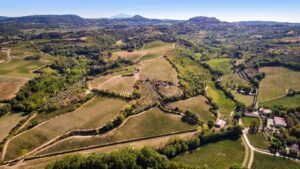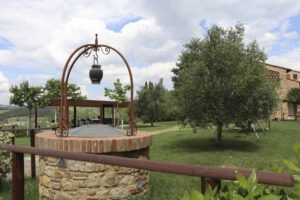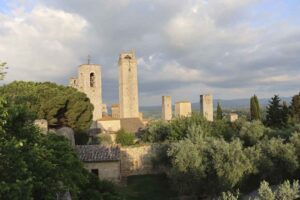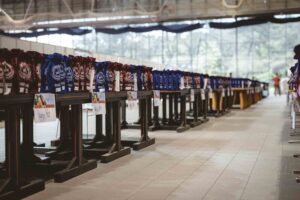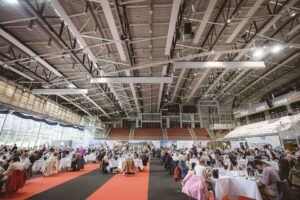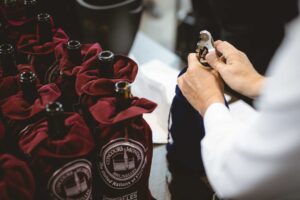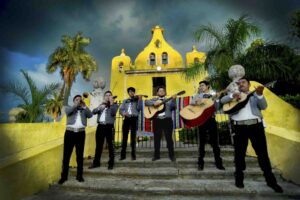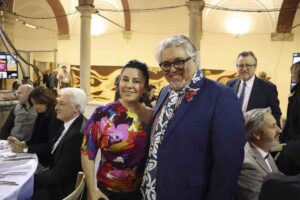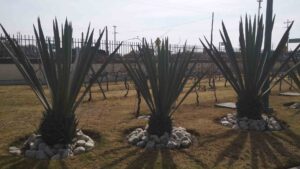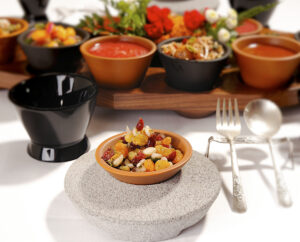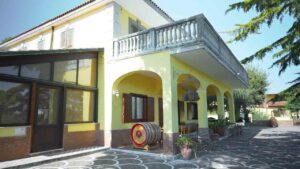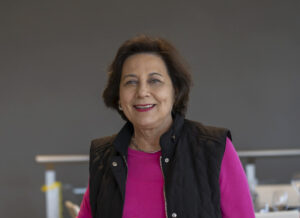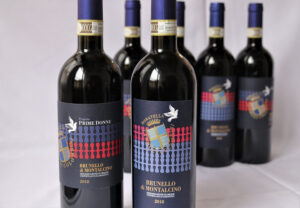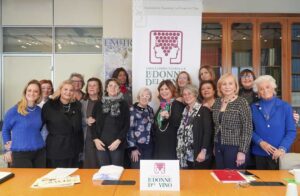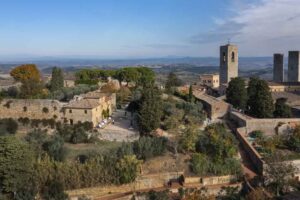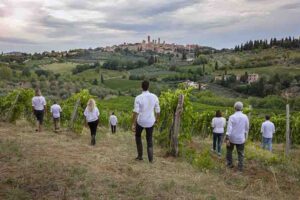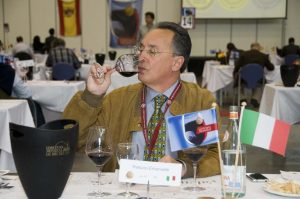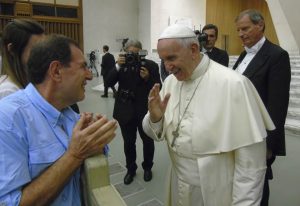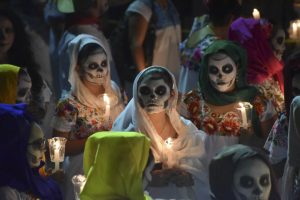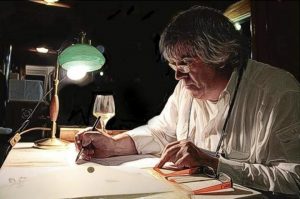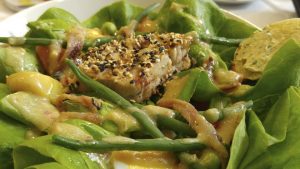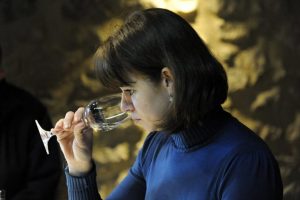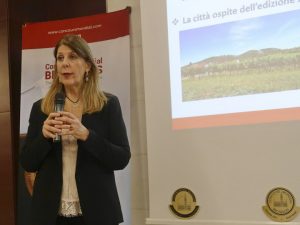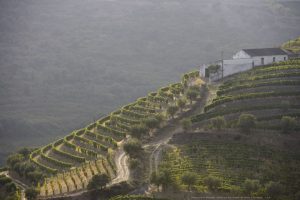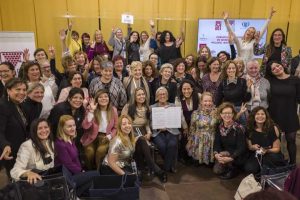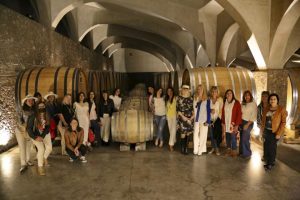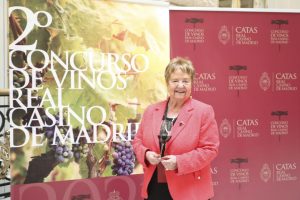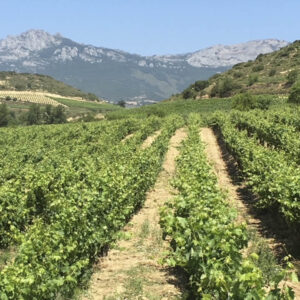Los deleites de Moctezuma
**The translation is at the end of the article**
Por Rodrigo Llanes Castro, chef e historiador.
¿Sabían que al emperador Moctezuma lo deleitaban con comidas de 300 platos? La cocina del palacio reunía a las mejores cocineras de México -Tenochtitlan, quienes volcaban su pasión y esmero en cocinar para el gran señor.
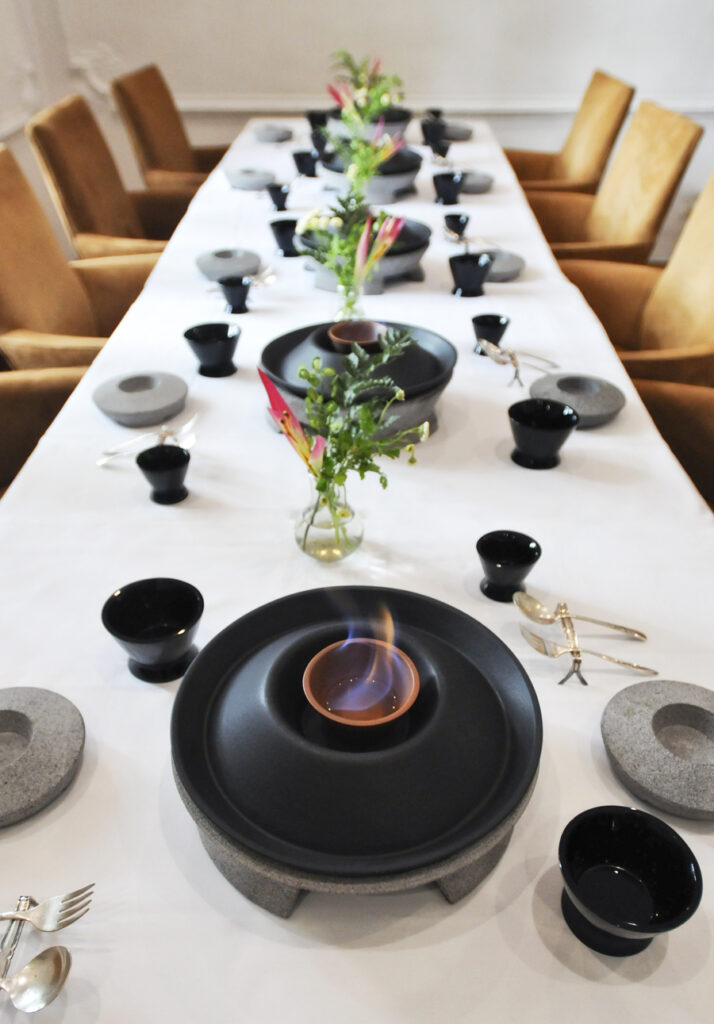
Cada día el gobernante ingresaba al salón acondicionado para la ocasión. Entraban los criados y lo auxiliaban a lavarse las manos, proporcionándole un pañuelo blanco y reluciente para secarse. Al emperador le llevaban distintos guisos en unas pequeñas escudillas de barro con un brasero debajo. Eran 300 platillos dentro de 30 preparaciones diferentes. Se refrescaba con un agua consistente llena de semillas de chía que flotaban en el líquido. Finalmente, se le obsequiaban con frutas de todas las calidades, y se le servía una bebida de cacao perfumado con flores en unas tazas de oro. También se le ofrecían hojas de tabaco enrolladas para fumar.
Si el linaje de cocineras del palacio se mantuviera vivo hoy en día, las chefs prepararían la comida con audacia y con los ingredientes que la historia nos ha traído de distintos rincones del mundo. Y si fuéramos Moctezuma podríamos probar el menú de los 300 platos. Para que eso sea posible, hemos creado una vajilla con piezas de piedra de basalto, maderas finas, copas de obsidiana, las escudillas o caxitlis de cerámica y los cubiertos de plata.
Comencemos a comer en nuestra imaginación y probemos las sopas: una de frijoles con hierba santa, otra de huitlacoche, otra de flor de calabaza, de elote fresco, de tortilla, de setas y hongos. También disfrutemos como entrantes de las habas verdes, el elote tatemado, los nopalitos verdes con cilantro y orégano, el huitlacoche con tomatillo verde, los esquites morita y epazote, la tinga de zanahoria y chipotle y las setas con ajillos de la región y chiles secos.


Los guisos de carne de guajolote cocinado al pibil con sus cebollas moradas en escabeche que se acompañan de tortillas pequeñas y gorditas muy suaves, embarradas con frijoles refritos guisados en asiento. Y probar el delicioso molli negro que se sirve en un recorrido que incluye los romeritos, los camarones gigantes, el mismo guajolote y el pato rostizado y ahogado en la deliciosa salsa obscura.
Y quizás a nuestro palacio imaginario llegarían chefs de todo el mundo para deleitar al soberano con los sabores del mundo.
Esta evocación de nuestro pasado culinario se puede disfrutar hoy en día en Los 300 platos. Colectivo de alta cocina. Donde un grupo de chefs se turna la cocina de la Escuela de Oficios Gastronómicos del Goloso Mestizo y Gastromotiva. Quienes además de cocinar para comensales exigentes, capacitan de forma gratuita a jóvenes en situación de vulnerabilidad y que quieren comenzar a trabajar en la industria de alimentos y bebidas. El proyecto de Gastromotiva incluye las Cocinas solidarias, donde preparamos alimentos deliciosos y saludables para aquellas personas que no pueden ejercer ese derecho cotidianamente. Ubicado en la calle de República del Perú número 88, en el Centro Histórico de la Ciudad de México.


The Delights of Moctezuma.
By Rodrigo Llanes Castro, chef and historian.
Did you know that Emperor Moctezuma was delighted with meals of 300 dishes? The palace kitchen brought together the best cooks from Mexico-Tenochtitlan, who poured their passion and care into cooking for the great lord.

Every day, the ruler entered the specially prepared hall. The servants would assist him in washing his hands, providing him with a white and gleaming cloth to dry them. Different dishes were brought to the emperor in small clay bowls with a brazier underneath. There were 300 dishes within 30 different preparations. He refreshed himself with a consistent water full of chia seeds floating in the liquid. Finally, he was presented with fruits of all kinds, and served a drink of cocoa perfumed with flowers in golden cups. Tobacco leaves rolled for smoking were also offered.
If the lineage of palace cooks were alive today, the chefs would prepare food with audacity and with ingredients that history has brought us from different corners of the world. And if we were Moctezuma, we could taste the menu of the 300 dishes. To make that possible, we have created a tableware with pieces of basalt stone, fine woods, obsidian cups, ceramic caxitlis, and silver cutlery.
Let’s start eating in our imagination and try the soups: one of beans with hoja santa, another of huitlacoche, another of squash blossom, fresh corn, tortilla, mushrooms, and fungi. Let’s also enjoy as starters the green beans, charred corn, green cactus pads with cilantro and oregano, huitlacoche with green tomatillo, morita and epazote esquites, carrot and chipotle tinga, and mushrooms with regional garlic and dried chilies.


The meat stews of turkey cooked al pibil with their pickled purple onions accompanied by very soft small and thick tortillas smeared with refried beans stewed in lard. And taste the delicious molli negro served in a journey that includes romeritos, giant shrimp, the same turkey, and duck roasted and drowned in the delicious dark sauce.
And perhaps to our imaginary palace would come chefs from all over the world to delight the sovereign with the flavors of the world.
This evocation of our culinary past can be enjoyed today at Los 300 platos. A collective of haute cuisine. Where a group of chefs takes turns cooking at the Escuela de Oficios Gastronómicos del Goloso Mestizo and Gastromotiva. In addition to cooking for demanding diners, they provide free training to young people in vulnerable situations who want to start working in the food and beverage industry. The Gastromotiva project includes Solidarity Kitchens, where we prepare delicious and healthy food for those who cannot exercise that right daily. Located at 88 República del Perú Street, in the Historic Center of Mexico City.

Récents articles
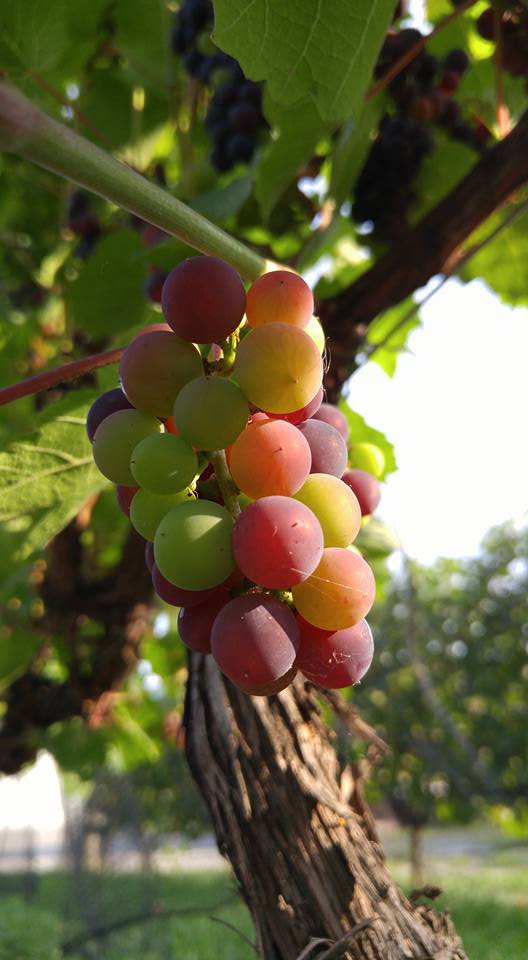
Stay tuned for new articles and industry trends !
Subscribe to our newsletter and make sure you don’t miss the publication new editions of the magazine!

